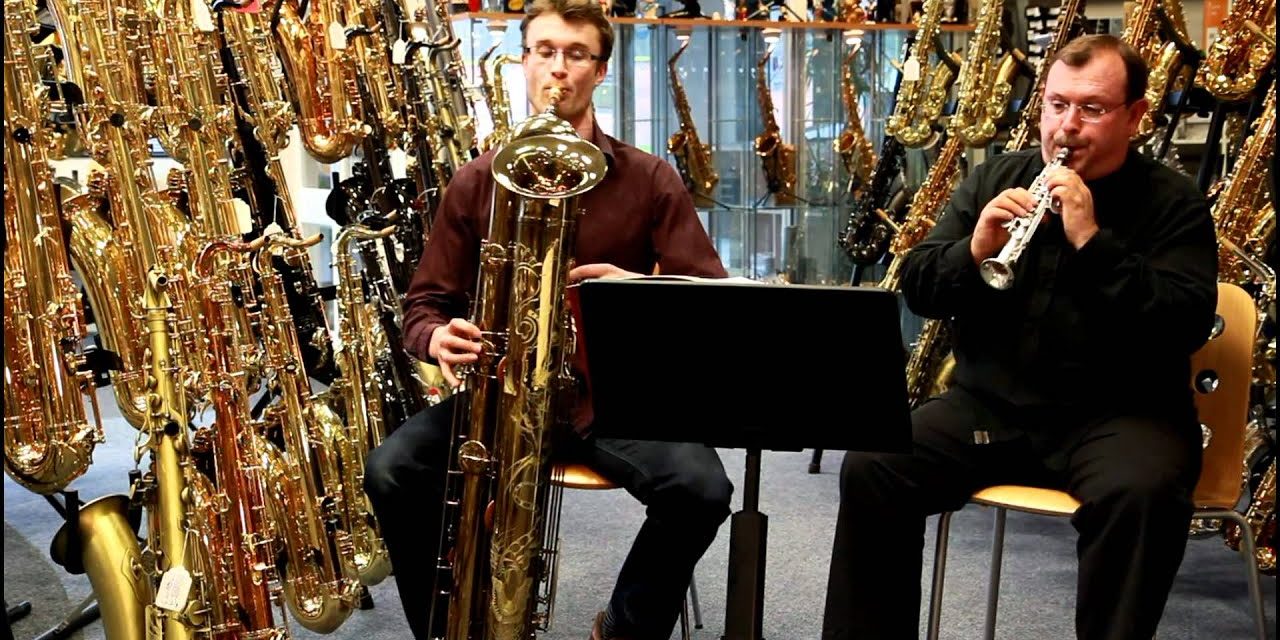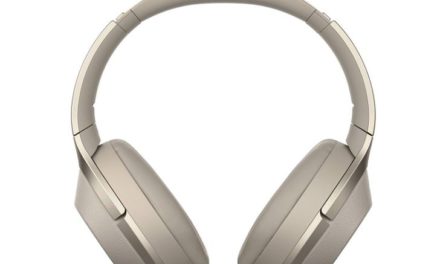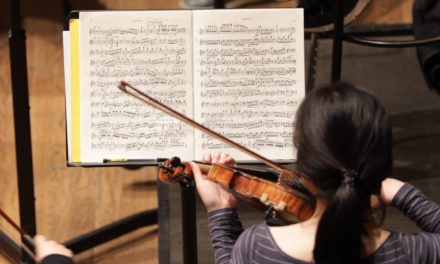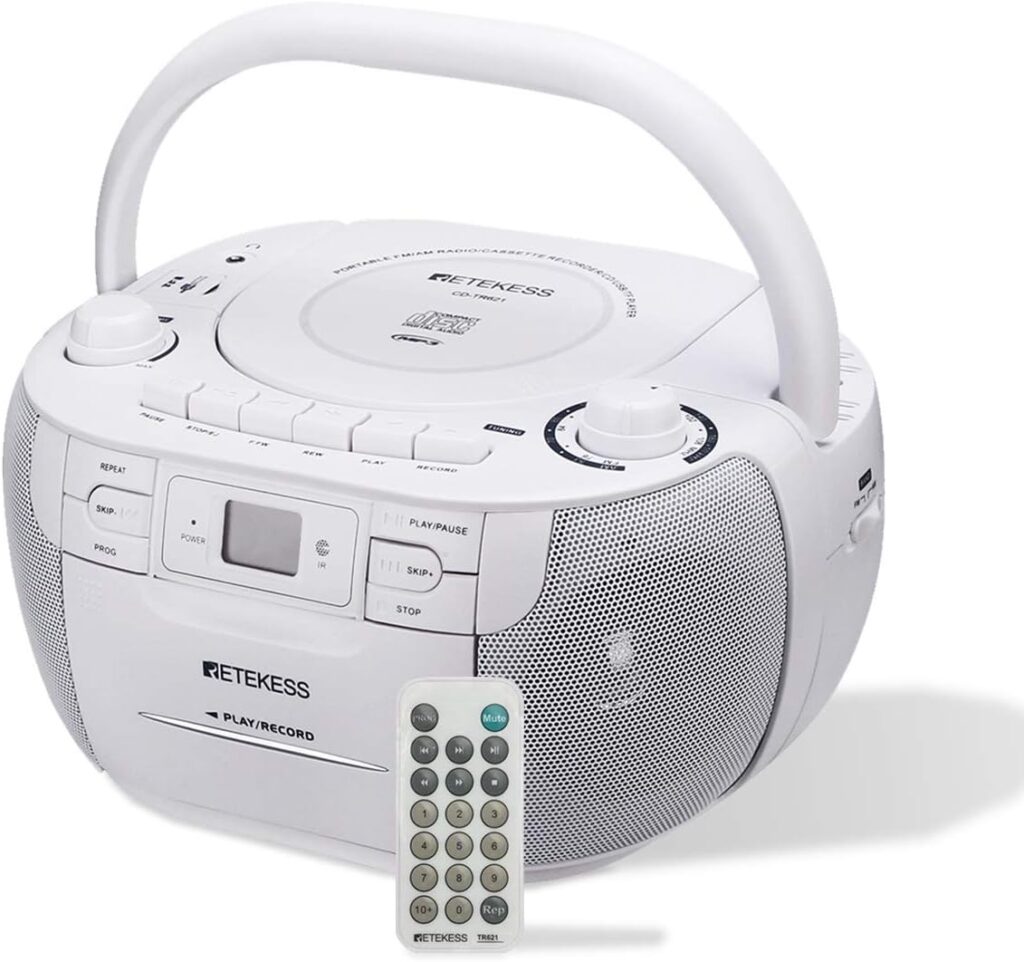Most of the saxophones in the world are one of three flavors: tenor, alto, or soprano (the last made most famous by Kenny G). And if you went to band camp you probably know the bigger, baritone (or ‘bari’) sax.
But since the invention of the saxophone in 1840 by Adolph Sax, some outlandishly strange variations have been created. Here are just 7 of them.
1. The Contrabass Saxophone

The contrabass saxophone is the second-lowest-pitched extant member of the saxophone family proper. It is extremely large (twice the length of tubing of the baritone saxophone, with a bore twice as wide, standing 1.9 meters tall, or 6 feet 4 inches) and heavy (approximately 20 kilograms, or 45 pounds), and is pitched in the key of E♭, one octave below the baritone saxophone.
2. The Subcontrabass Saxophone

The subcontrabass saxophone is a type of saxophone that Adolphe Sax patented and planned to build but never constructed. It is a transposing instrument pitched in B♭, one octave below the bass saxophone, two octaves below the tenor saxophone, and three octaves and a major second below its written pitch, a playable version of the subcontrabass saxophone wasn’t created until the 1990s.
3. The Soprillo Saxophone

The sopranissimo or soprillo saxophone is the smallest member of the saxophone family. It is pitched in B♭, one octave above the soprano saxophone. Because of the difficulties in building such a small instrument—the soprillo is 30 cm (12 in) long, 33 cm (13 in) with the mouthpiece—it is only recently that a true sopranissimo saxophone has been produced.
4. The ‘Tubax’

The name tells everything, as a mix between the saxophone and tuba, the ‘tubax’ is a variant of the ultra-low subcontrabass saxophone conceptualized by Adolph Sax. It has the same register as a regular contrabass saxophone but is much more compact due to its tubing being folded more times.
5. Bamboo Sax

Xaphoon, the most well known bamboo saxophone that invented by Hawaiian saxophonist in 1972, has been well-welcomed as the portable pocket sax since them. The xaphoon’s tone sounds like a clarinet or a saxophone, and is suitable for playing music in similar genres such as jazz or klezmer, although it has also been used to play music of other tradition,
6. The Straight Saxophone
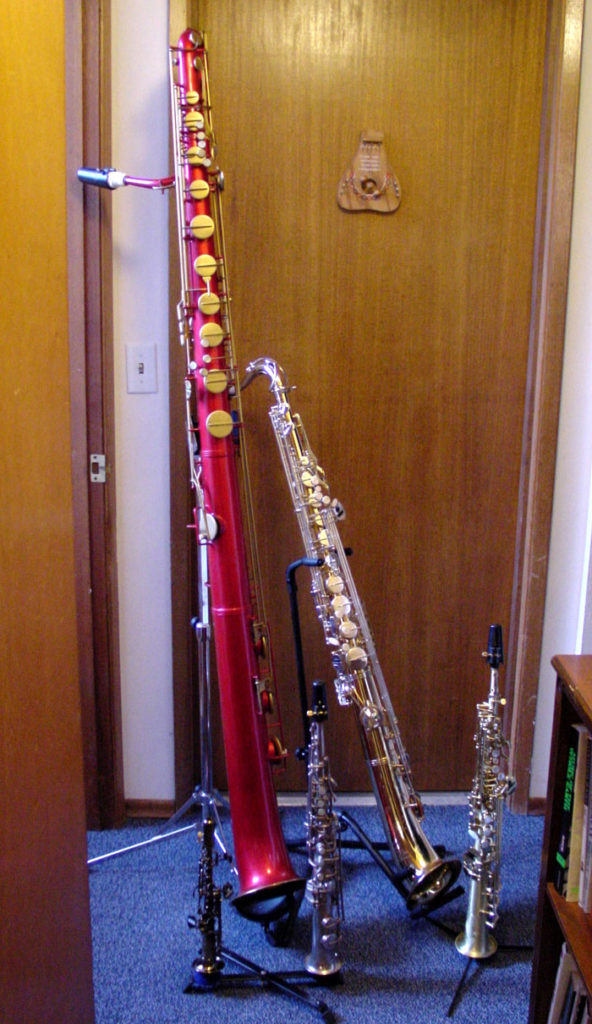
The basic difference here is that the body is mostly straight instead of curved, with some advantages to the final sound strength. That makes sense on smaller saxophones, but are incredibly difficult to carry around on larger versions. Perhaps due to the extreme difficulties in portability, the straight saxophone remains a rare niche variation.
7. The Bill Clinton Presidential Saxophone.

Former US President Bill Clinton famously played the sax, including for visiting leaders like Boris Yeltsin. Here’s a picture of Clinton accepting the Limited Edition Presidential Model Tenor Saxophone, built by the L.A. Sax Co. of Barrington, Illinois. “This is funky. I never thought I’d see a patriotic saxophone,” Clinton reportedly stated before ripping a few tunes.
The saxophone is now on display at the National Music Museum in Vermillion, South Dakota.

